American satellite starts transmitting after being abandoned in 1967
An American satellite, abandoned in 1967 as a piece of Space Junk has begun transmitting again after 46 years.
 An Amateur Radio Astronomer in North Cornwall accidentally picked up the signal and after cross checking with various lists, has identified it as LES1 built by the Massachusetts Institute of Technology and launched in 1965. The satellite failed to reach its intended orbit owing to a wiring error and has been drifting out of control ever since.
An Amateur Radio Astronomer in North Cornwall accidentally picked up the signal and after cross checking with various lists, has identified it as LES1 built by the Massachusetts Institute of Technology and launched in 1965. The satellite failed to reach its intended orbit owing to a wiring error and has been drifting out of control ever since.
Phil Williams G3YPQ from near Bude noticed its peculiar signal drift caused by its tumbling end over end every 4 seconds as the solar panels become shadowed by the engine. ‘This gives the signal a particularly ghostly sound as the voltage from the solar panels fluctuates’ Phil says.
It is likely that the on board batteries have now disintegrated and some other component failure has caused the transmitter on 237Mhz, to start up when its in sunlight.
LES1 is about the size of a small car, It is not likely to re-enter the atmosphere for a long time as the orbit is still relatively high. It poses no threat other than that caused by the thousands of other pieces of space junk in orbit.
Phil says its remarkable to think that electronics built nearly 50 years ago, 12 years before Voyager 1, and long before microprocessors and integrated circuits, is still capable of working in the hostile environs of space.
Listening to the signal you can easily imagine the craft tumbling over and over every 4 seconds and the transmitter starting up as the sun rises. He refers to the hobby as ‘Radio-Archeology’!
Phil Williams G3YPQ
N.Cornwall
Two Line Element Set (TLE):
LES1
01002U 65008C 13056.23244782 .00000008 00000-0 00000+0 0 5206
01002 032.1476 037.8304 0014269 347.9988 092.3634 09.88347627735661
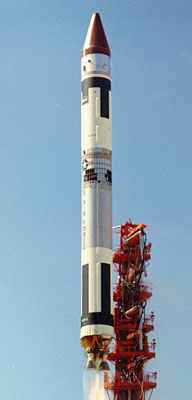 Mission
Mission
LES 1 and 2 (Lincoln Experimental Satellite 1 and 2) were essentially identical experimental communication satellites. Both featured a single X-band transponder and an 8-horn electronically switched antenna. Additionally, attitude control and sensing experiments were conducted.
The initial program objective was to build, launch, and field a system to demonstrate practical military satellite communications. The availability of Project West Ford’s advanced superhigh-frequency (SHF) technology (at seven to eight gigahertz) contributed to the decision to design the system for that band. The Department of Defense’s concurrent procurement of a series of SHF satellites and terminals, commencing with the Initial Defense Communications Satellite Program (IDCSP), meant that lessons learned from the experiments would find an additional application.
LES-1, launched from Cape Canaveral on 11 February 1965, accomplished only a few of its objectives. Apparently because of miswiring of the ordnance circuitry, the satellite never left circular orbit and ceased transmitting in 1967. LES-2, the twin of LES-1 fared much better; it achieved its planned final orbit on 6 May 1965.
[PE0SAT Thanks SouthGate Amateur News, Gunthers Space page and G3YPQ for the above information]
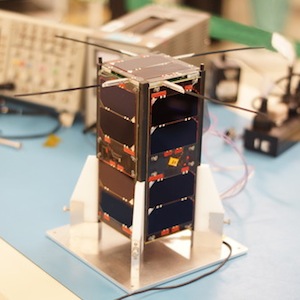 CubeBug-1 is the first technology demonstration mission for a new cubesat platform design (mechanics, hardware and software) intended to be released as Open Source and Open Hardware for its use in Amateur projects, University projects and research labs. This project is sponsored by the Argentinian Ministry of Science, Technology and Productive Innovation, INVAP S.E., Satellogic S.A., and Radio Club Bariloche.
CubeBug-1 is the first technology demonstration mission for a new cubesat platform design (mechanics, hardware and software) intended to be released as Open Source and Open Hardware for its use in Amateur projects, University projects and research labs. This project is sponsored by the Argentinian Ministry of Science, Technology and Productive Innovation, INVAP S.E., Satellogic S.A., and Radio Club Bariloche.
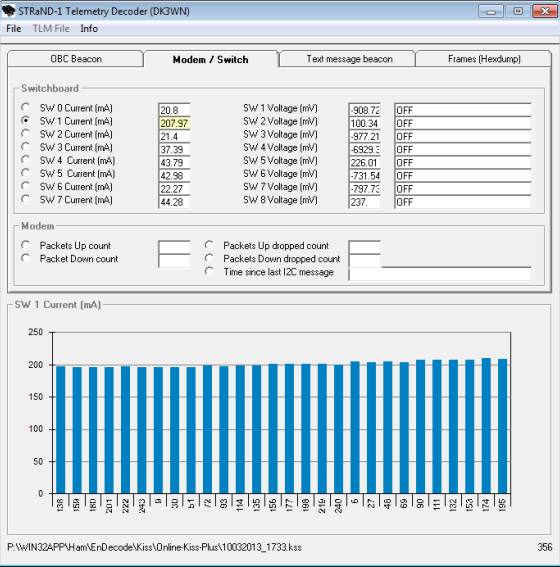
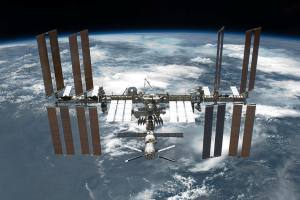 ARISS contact with school in France re-scheduled March 9, 2013
ARISS contact with school in France re-scheduled March 9, 2013
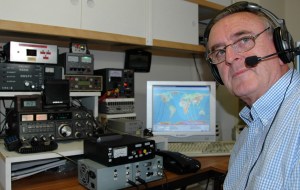 ARISS offers an opportunity for students to experience the excitement of Amateur Radio by talking directly with crewmembers onboard the International Space Station. Teachers, parents and communities see, first hand, how Amateur Radio and crewmembers on ISS can energize youngsters’ interest in science, technology and learning. Gaston Bertels, ON4WF ARISS Chairman
ARISS offers an opportunity for students to experience the excitement of Amateur Radio by talking directly with crewmembers onboard the International Space Station. Teachers, parents and communities see, first hand, how Amateur Radio and crewmembers on ISS can energize youngsters’ interest in science, technology and learning. Gaston Bertels, ON4WF ARISS Chairman I got a lot of questions regarding my Sound-Card modem setup, so I greated a webpage with information on how I try to decode the 9600 baud AX25 packets that are transmitted by STRaND-1. Follow this
I got a lot of questions regarding my Sound-Card modem setup, so I greated a webpage with information on how I try to decode the 9600 baud AX25 packets that are transmitted by STRaND-1. Follow this 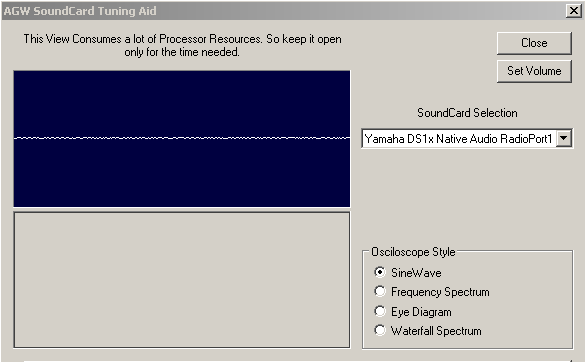
 An Amateur Radio Astronomer in North Cornwall accidentally picked up the signal and after cross checking with various lists, has identified it as
An Amateur Radio Astronomer in North Cornwall accidentally picked up the signal and after cross checking with various lists, has identified it as  Mission
Mission